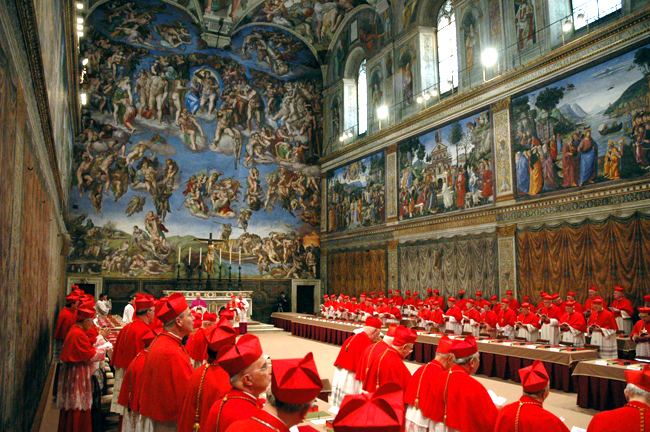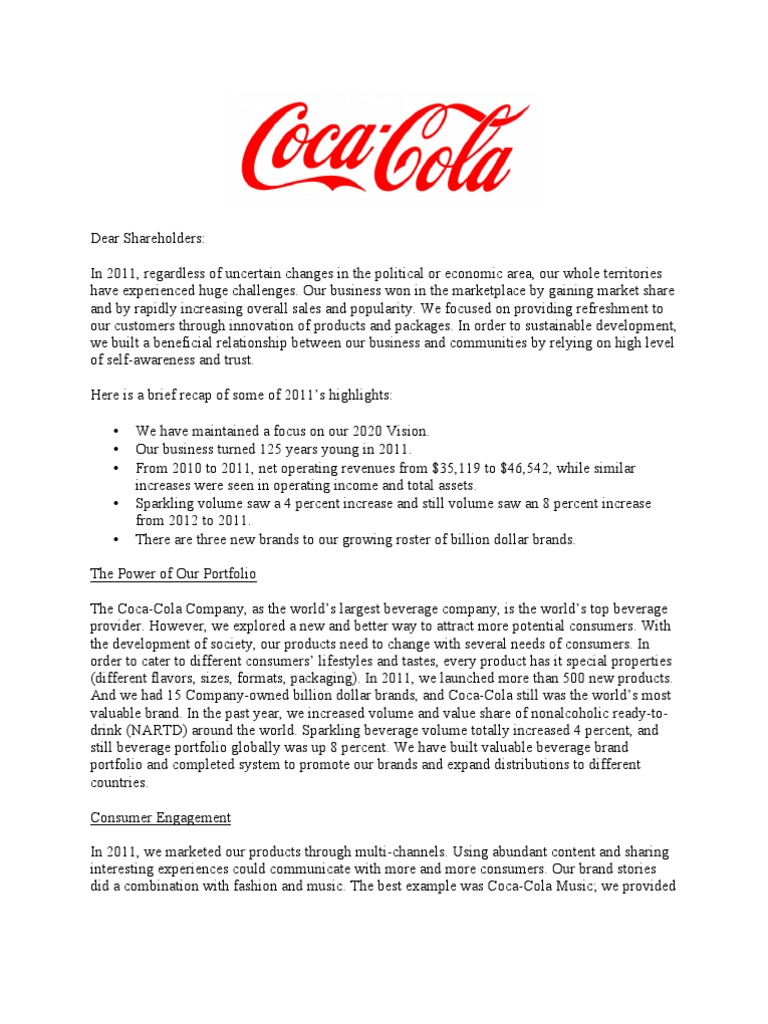A Step-by-Step Guide To The Papal Conclave

Table of Contents
The Pre-Conclave Preparations
The Papal Conclave doesn't simply begin; it's preceded by a series of meticulously planned preparations, crucial for ensuring the smooth and solemn execution of the election process.
The Death or Resignation of the Pope
The process officially begins with the death or resignation of the reigning Pope. This triggers a period known as sede vacante (the vacant see), a time of transition and expectation within the Catholic Church.
- Announcement: The death or resignation is officially announced to the world, marking the commencement of the election process.
- Sede Vacante: During this period, the governance of the Church falls under the authority of the Cardinal Camerlengo, who acts as a temporary administrator until a new Pope is elected. This is a critical stage in Papal succession.
- Cardinal Camerlengo: The Cardinal Camerlengo's role is significant, overseeing the Vatican's administration and ensuring the continuity of the Church's operations during the sede vacante period. This responsibility is crucial for the smooth transition of power within the Church. The Camerlengo’s actions directly impact the Conclave initiation and set the stage for the upcoming election.
The Gathering of Cardinals
The next crucial step involves the gathering of the Cardinal electors in Vatican City. Only eligible cardinals can participate in the Conclave.
- Cardinal Electors: These are cardinals under the age of 80, who are eligible to vote in the conclave. They represent a diverse range of the Church's global presence.
- Non-Elector Cardinals: Cardinals over 80 are also invited to Rome but have no voting rights. Their presence adds to the solemnity of the occasion and reflects the broader Church community.
- Travel and Accommodation: The cardinals arrive in Vatican City from across the globe, their journeys and accommodations meticulously arranged. This logistical undertaking is a crucial part of the Conclave’s pre-election preparations.
Securing the Conclave
Secrecy and security are paramount during the Conclave. The cardinals are effectively isolated to prevent outside influence and ensure a fair election.
- Secrecy Protocols: Stringent measures are put in place to ensure complete confidentiality, preventing leaks of information during the voting process. This is vital to maintaining the integrity of the Papal election.
- Communication Restrictions: Communication with the outside world is severely restricted for the cardinals during the Conclave, further enhancing security and secrecy. Modern technology is carefully monitored and controlled.
- Security Personnel: The Vatican employs a substantial security force to maintain order and protect the cardinals during their stay. This includes extensive surveillance and strict access control.
- Papal Apartments Preparation: The Papal Apartments within the Vatican undergo a thorough preparation process to provide suitable accommodation and meeting spaces for the cardinals.
The Conclave Process
Once the cardinals are assembled and the security measures are in place, the Conclave itself can commence.
The Mass Pro Eligendo Romano Pontifice
This special Mass, held before the voting begins, is a crucial element of the Papal Conclave.
- Location: The Mass is held within the Sistine Chapel, adding to the solemnity and historical significance of the event.
- Participants: All cardinals, both electors and non-electors, participate in the Mass, praying for divine guidance in selecting the next Pope.
- Prayers for Guidance: Prayers are offered to seek divine guidance in choosing a leader who will effectively guide the Catholic Church. This emphasizes the spiritual dimension of the election process.
The Scrutiny (Voting)
The core of the Conclave lies in the scrutiny, the process of voting for a new Pope.
- Ballot Preparation: Special ballots are prepared, ensuring secrecy and preventing identification of the voter's choice.
- Voting Procedures: The voting process is meticulously organized, following strict procedures designed to ensure confidentiality.
- Counting the Ballots: The ballots are counted by designated scrutineers, ensuring the integrity of the vote count.
- Role of Scrutineers: These cardinals are responsible for counting the votes and maintaining the secrecy of the process, verifying the validity of the election results.
Reaching a Two-Thirds Majority
A valid election requires a two-thirds majority of the cardinal electors.
- Number of Ballots Required: Multiple rounds of voting may be necessary if no candidate secures the required two-thirds majority. The process continues until a clear winner is determined.
- Consequences of Failing to Reach a Majority: Failure to reach a majority in several rounds can prolong the Conclave, signifying the importance of achieving consensus among the cardinals.
- Multiple Rounds: The possibility of multiple rounds underscores the thoroughness and deliberation required in selecting the next Pope. The process is designed to ensure a strong and widely supported leader.
The Announcement of the New Pope
The culmination of the Conclave is the momentous announcement of the newly elected Pope.
Habemus Papam!
The iconic phrase "Habemus Papam!" ("We have a Pope!") signifies the conclusion of the election.
- Announcement from the Balcony: The announcement is made from the balcony of St. Peter's Basilica, a tradition that dramatically conveys the news to the world.
- New Pope's Name: The newly elected Pope's name is announced, marking a significant moment for the Church and the world.
- Initial Blessing Urbi et Orbi: The new Pope then delivers the Urbi et Orbi blessing to the city of Rome and to the world, his first official act as the Supreme Pontiff.
The Inauguration Mass
The Papal inauguration Mass is the official ceremony marking the commencement of the new Pope's pontificate.
- Date and Location: The Mass is usually celebrated in St. Peter's Square a few days after the election.
- Significance of the Ceremony: This ceremony formally installs the new Pope as the head of the Catholic Church, marking the transition of leadership.
- Participation: The ceremony is attended by Cardinals, world leaders, religious figures and many others, demonstrating the global significance of the Papal election.
Conclusion
This step-by-step guide has illuminated the complexities and significance of the Papal Conclave. From the meticulous pre-Conclave preparations to the electrifying announcement of "Habemus Papam!" and the subsequent Inauguration Mass, we've explored the key elements of this crucial event in the Catholic Church. Understanding the Papal Conclave process provides a deeper appreciation for the selection of the Supreme Pontiff and the rich traditions surrounding this ancient rite. To delve even further into the intricacies of Papal Conclave history and protocols, we encourage further research into this fascinating subject. Learning more about the Papal Conclave and its historical context will enrich your understanding of this pivotal moment in the Catholic Church.

Featured Posts
-
 Yankees 2000 Season A Diary Entry Comeback Attempt Fails 500 Record
May 07, 2025
Yankees 2000 Season A Diary Entry Comeback Attempt Fails 500 Record
May 07, 2025 -
 Winning Numbers Lotto And Lotto Plus April 12 2025
May 07, 2025
Winning Numbers Lotto And Lotto Plus April 12 2025
May 07, 2025 -
 Warriors Vs Rockets Prediction Nba Playoffs Picks Odds And Best Bets
May 07, 2025
Warriors Vs Rockets Prediction Nba Playoffs Picks Odds And Best Bets
May 07, 2025 -
 Parklands Us 9 Billion Acquisition Key Details And June Shareholder Vote
May 07, 2025
Parklands Us 9 Billion Acquisition Key Details And June Shareholder Vote
May 07, 2025 -
 Why Zendayas Sister Skipped Tom Hollands Wedding
May 07, 2025
Why Zendayas Sister Skipped Tom Hollands Wedding
May 07, 2025
Latest Posts
-
 Andor Season 2 Significant Changes Promised By Diego Luna
May 08, 2025
Andor Season 2 Significant Changes Promised By Diego Luna
May 08, 2025 -
 Diego Luna On Andor Season 2 A Star Wars Story That Will Redefine The Franchise
May 08, 2025
Diego Luna On Andor Season 2 A Star Wars Story That Will Redefine The Franchise
May 08, 2025 -
 Path Of Exile 2 Everything You Need To Know About Rogue Exiles
May 08, 2025
Path Of Exile 2 Everything You Need To Know About Rogue Exiles
May 08, 2025 -
 Andor Season 2 Will It Surpass The First Season Diego Luna Weighs In
May 08, 2025
Andor Season 2 Will It Surpass The First Season Diego Luna Weighs In
May 08, 2025 -
 Andor Season 2 Diego Lunas Promise Of A Game Changing Star Wars Series
May 08, 2025
Andor Season 2 Diego Lunas Promise Of A Game Changing Star Wars Series
May 08, 2025
